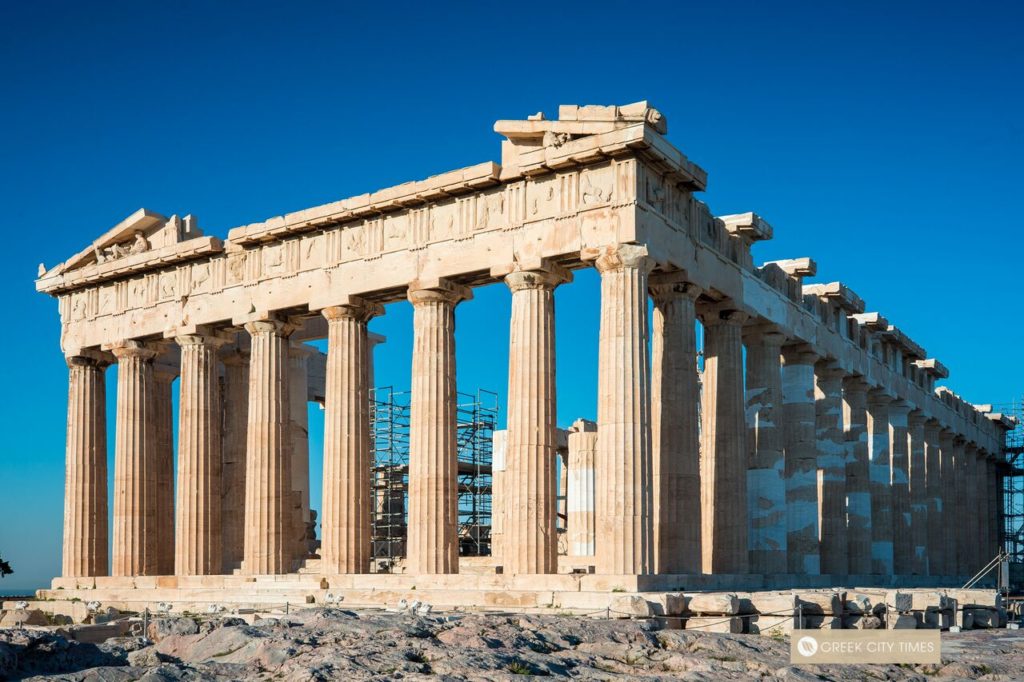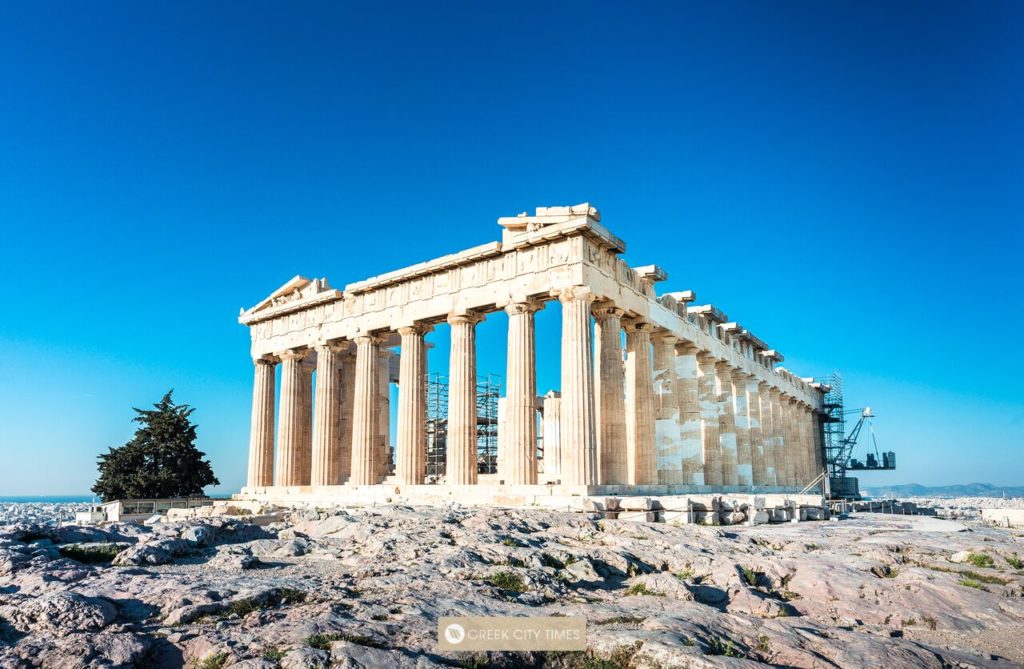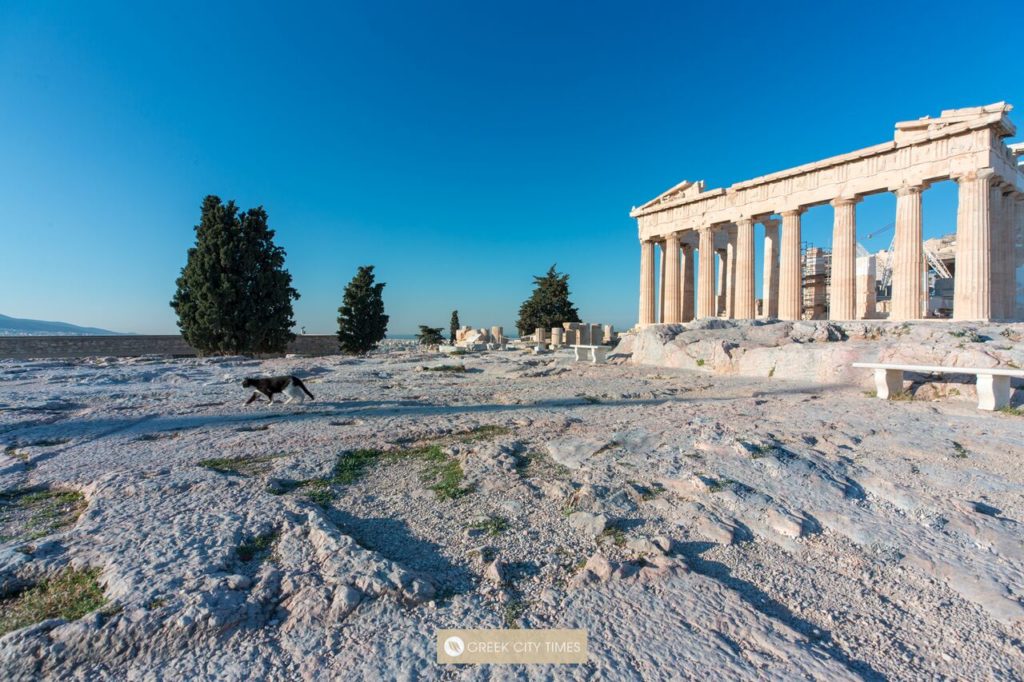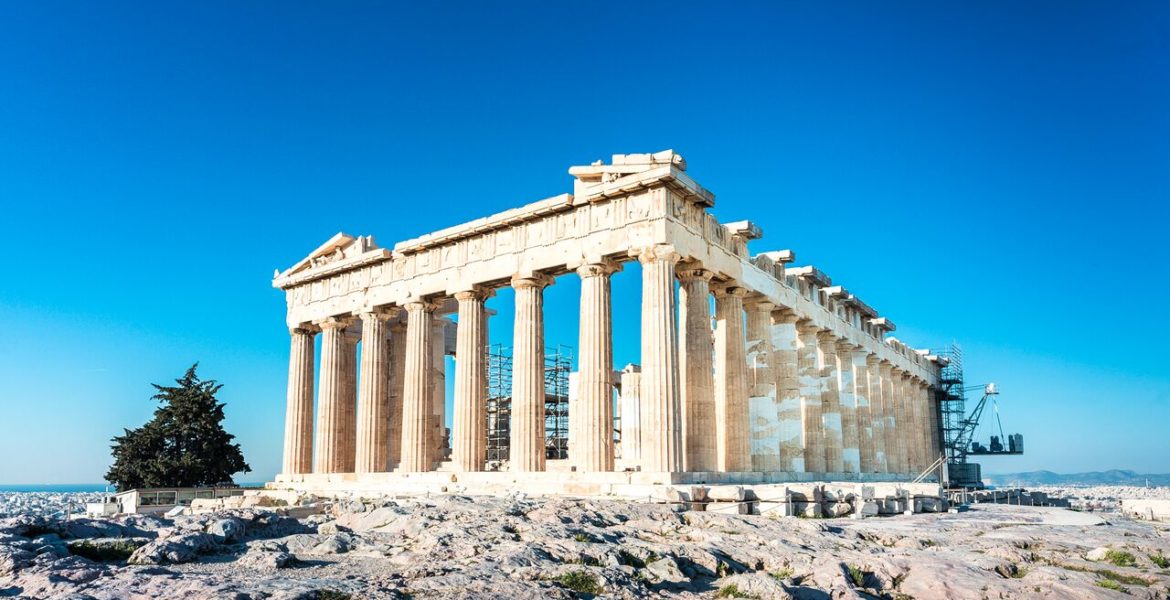The Acropolis is the crowning jewel of the Greek capital and one of the most important cultural sites not only in Greece but the entire world. This astonishing archaeological site was the birthplace of democracy and one of the most important centres of ancient Greece.

The Acropolis is the crowning jewel of the Greek capital and one of the most important cultural sites not only in Greece but the entire world. This astonishing archaeological site was the birthplace of democracy and one of the most important centres of ancient Greece.
For anyone heading to Athens, it’s a definite must-see and we have put together some interesting facts about the Acropolis that shine even more light on a monument which is a universal symbol of civilisation and one of the greatest architectural complexes to ever be built.
-The term “Acropolis” comes from the Greek words “akron” (which means the “highest point or extremity” and “polis” (which means “city”). Acropolis can be taken to mean “High City”, “City on the Extremity”, or “City on the Air”. Greece has many other acropoleis, but the term most often refers to the Acropolis of Athens.
-The Acropolis suffered extensive damage during the Morean War. The Parthenon was used to store gunpowder during this time, and it was hit by a cannonball when the Venetians lay siege to the area in 1687. The Turks had also demolished the Temple of Athena Nike to create space for a canon battery.

-This temple to Athena was built in 447 BC and completed 9 years after, although it took another 6 years to decorate the structure. It was constructed during the time when the Athenian Empire was at its most powerful.
-The temple was the first on Acropolis to have a fully Ionic order form. It has been dismantled to remove its friezes, which are now on display in the Acropolis Museum. The friezes depict several scenes such as the deeds of Hercules and involves various sculptures like the statue of Moscophoros.
-Christians converted the temples of Acropolis into churches in the 6th century, with the Parthenon becoming a church that was dedicated to Panagia (Virgin Mary). It then became known as the Church of the Parthenos Maria.
-When the Ottomans conquered the city in the 1460s, the Parthenon was transformed into a mosque.

-The Parthenon is often called “the world’s most perfect building." Architectural tricks like a slight angling of the temple pedestal correct the optical impression that the building sags in the middle, and barrel-like curves on the columns counteract the illusion that they narrow in the middle. So in a way, one might say the Parthenon’s perfection is only achieved through a series of deliberate imperfections.
- The Greek flag flying on the Acropolis has special historic significance. In 1941, two young men pulled down the swastika flag flying there during the Nazi occupation, leaving it empty. Incredibly, they’d reached the Acropolis using ancient passages they’d learned about in Greek history books. It was a powerful act of defiance that set the tone for the fierce Greek Resistance movement. Today, you can see the Greek Presidential Guard, the Evzones, perform a flag-raising and flag-lowering at dawn and dusk on Sundays.
-The Acropolis is one of the earliest known settlements in Greece. Built sometime around the fourth millennium, the Acropolis was an ancient city that still retains much of its original Classical architecture and temples, including the Parthenon. The Parthenon was built between 447 and 432 BC as a sacred temple for the goddess Athena, and it's a true marvel to behold. The entire complex of statues, temples, pillars, and structures is stunning.

-The Acropolis rises 490 feet above sea level and covers a surface area of about 30,000 square meters.
-The earliest instances of human occupation of the Acropolis belong to the Neolithic phase of the 4th millennium B.C., where evidence shows human occupation in the caves around Attica.
-Three main structural edifices of the Acropolis are the Parthenon, the Erechteion and the Temple of Athena Nike. The Parthenon, which literally means 'the apartment of the virgin', is dedicated to the Goddess Athena, who is also considered as the patroness of the city of Athens. The Erechteion is said to be located on the most sacred corner of the Acropolis Hill, and was a place where all holy ceremonies linked to Goddess Athena and God Poseidon were held.
-In 1806, Lord Elgin took permission from the Ottomans and managed to remove some of the marble sculptures which survived the explosion. These are now currently housed in the British Museum in London. Greece has tried very hard to try and gain the Marbles back.
*All images by Nick Bourdo Photography (Copyright)
Read also on Greek City Times:


